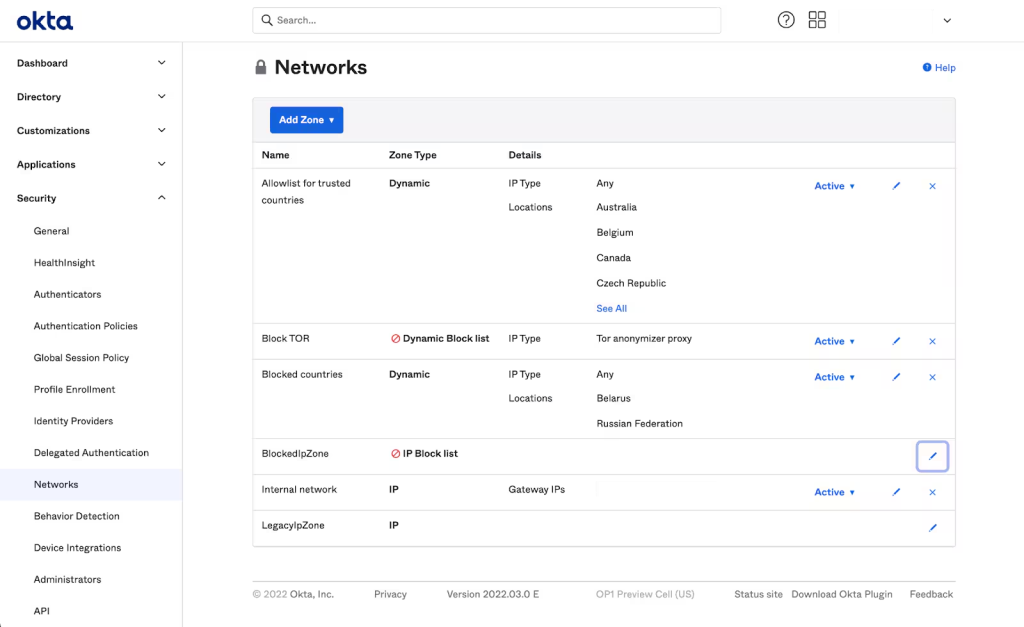Cybersecurity platform Splunk has released comprehensive detection methodologies to identify Remote Employment Fraud (REF) actors who successfully infiltrate organizations through legitimate hiring processes.
The company’s latest technical research reveals sophisticated monitoring capabilities that can expose fraudulent employees during onboarding phases before they cause significant damage.
Remote Employment Fraud represents an emerging threat where adversaries, often linked to North Korean state actors and other international groups, obtain genuine remote positions using fabricated identities.
These threat actors leverage knowledgeable proxies to pass interviews and background checks, subsequently gaining network access through legitimate corporate credentials rather than traditional cyberattack methods.
Advanced Technical Detection Strategies
Splunk’s detection framework focuses on multiple technical indicators that emerge during employee onboarding.
The platform can identify laptop shipment inconsistencies by correlating applicant tracking system data with asset management records, flagging cases where employees request hardware delivery to addresses mismatched with their stated locations.

The security solution monitors traffic originating from non-standard Virtual Private Network (VPN) providers by analyzing Identity Provider logs from platforms such as Okta.
Splunk’s detection queries specifically target commonly used VPN services, including NordVPN, ExpressVPN, CyberGhost, and Mullvad, which REF actors frequently employ to mask their actual geographic locations.
Geographic improbability detection represents another crucial capability, analyzing authentication logs to identify impossible travel scenarios.
The platform calculates travel speeds exceeding 500 kilometers per hour over distances greater than 750 kilometers, indicating a potential location spoofing issue.
This detection method proves particularly effective for newly onboarded employees who are unlikely to engage in rapid international business travel.
Splunk also monitors virtual audio and video device usage during teleconference calls on Zoom, Microsoft Teams, and Cisco Webex platforms.
REF actors often utilize uncommon camera, microphone, and speaker combinations that differ significantly from standard corporate equipment baselines.
The platform can detect high video latency exceeding 300 milliseconds, which often indicates traffic routing through intermediate “laptop farms” used by fraudulent workers.
Comprehensive Response Framework
The detection system identifies unauthorized remote access tool usage, monitoring for applications like Splashtop, LogMeIn, and TeamViewer that REF actors employ for file transfer and system control.
Splunk integrates with Endpoint Detection and Response solutions, including CrowdStrike, SentinelOne, and Cisco CSE, to provide comprehensive visibility.
Splunk emphasizes that successful REF detection requires Risk-Based Alerting approaches, aggregating multiple behavioral indicators rather than relying on individual signals.
The platform’s Enterprise Security solution enables organizations to correlate technical and non-technical data points, facilitating collaboration between security teams, Human Resources, and legal departments for accurate threat assessment.
This multi-layered detection approach addresses the evolving nature of employment fraud threats, providing organizations with actionable intelligence to protect against sophisticated adversaries infiltrating remote workforces through legitimate hiring channels.
Find this Story Interesting! Follow us on Google News , LinkedIn and X to Get More Instant Updates